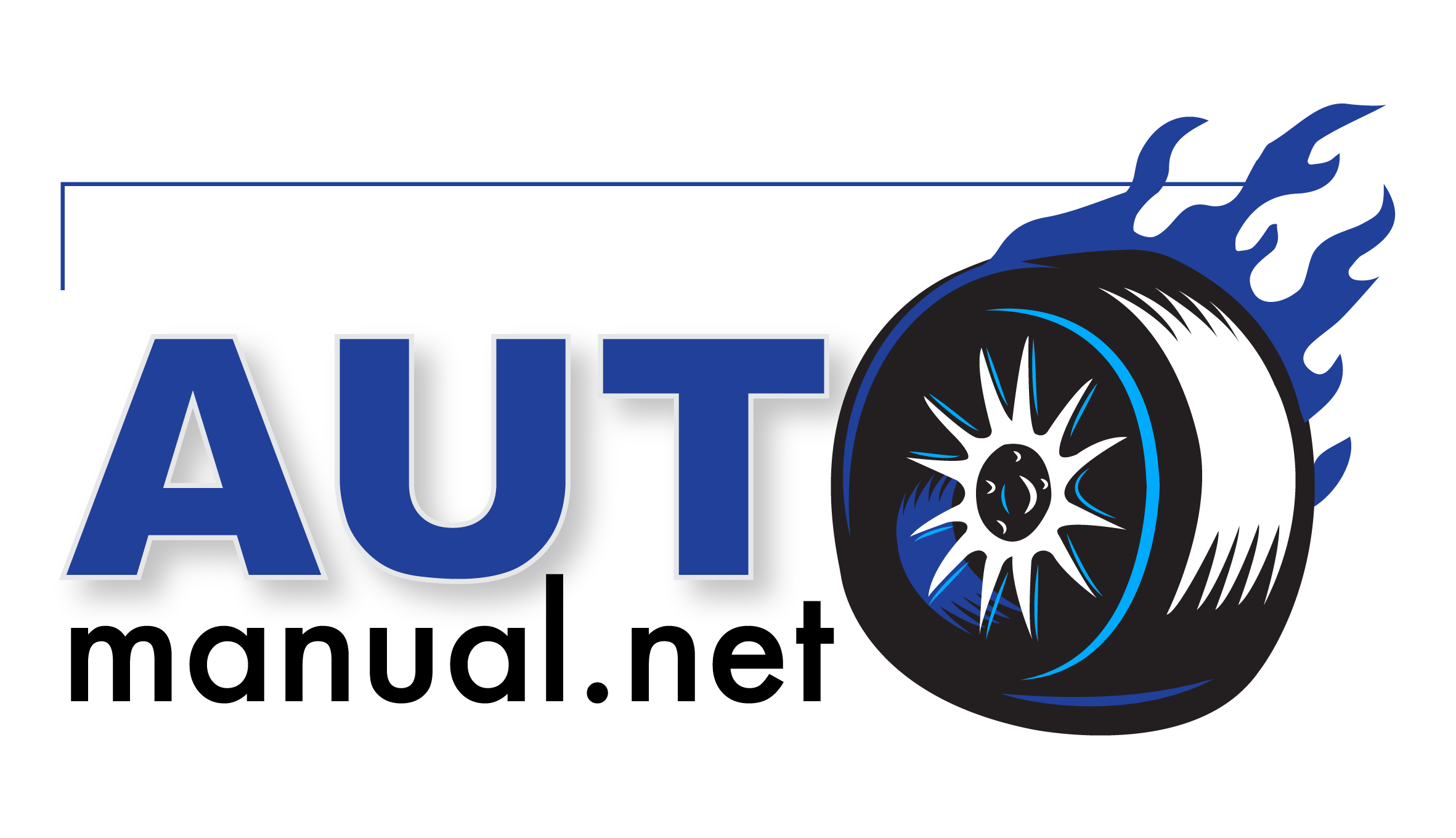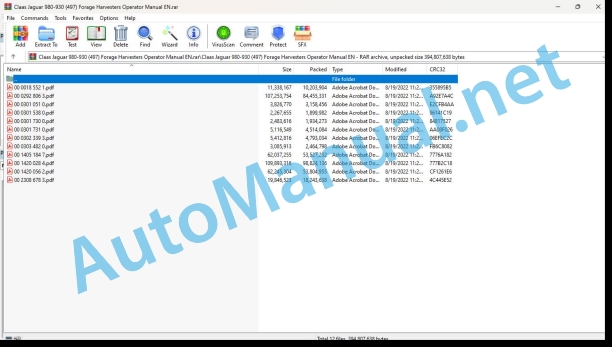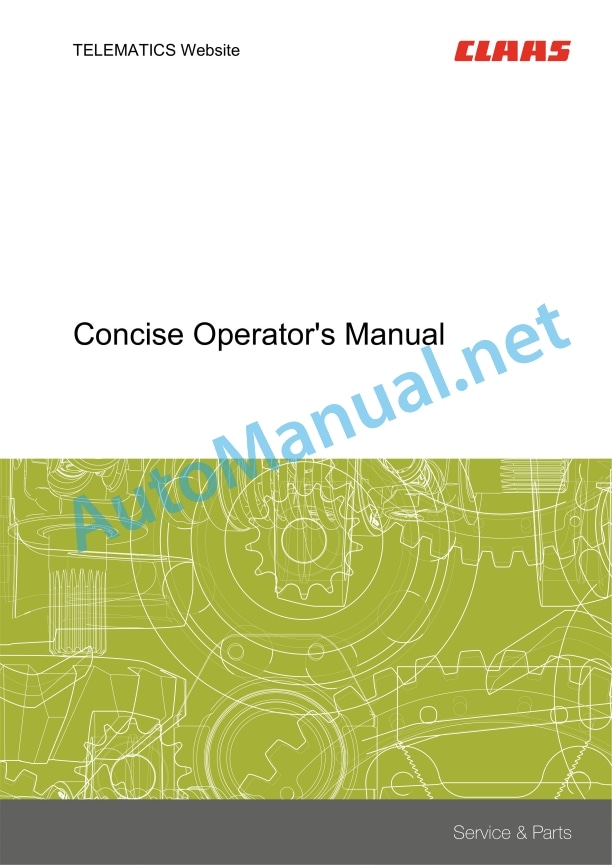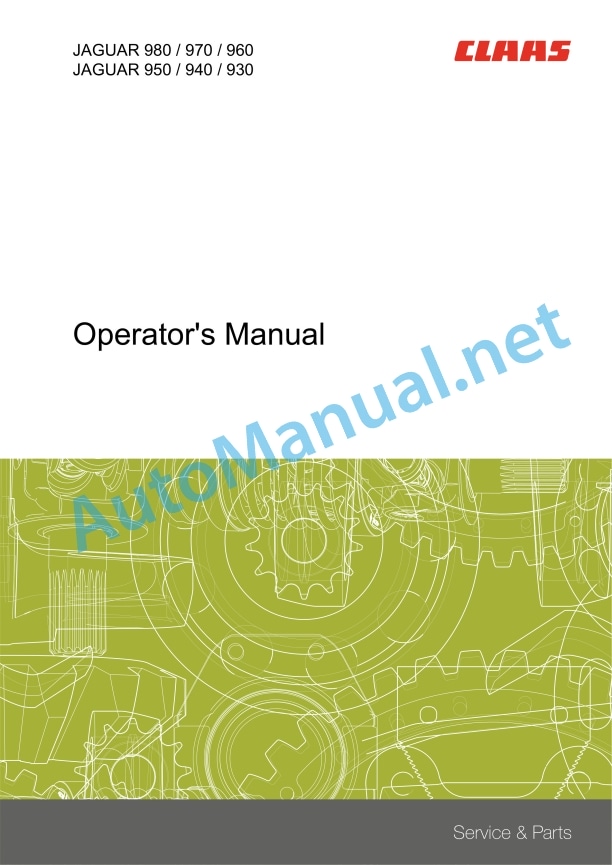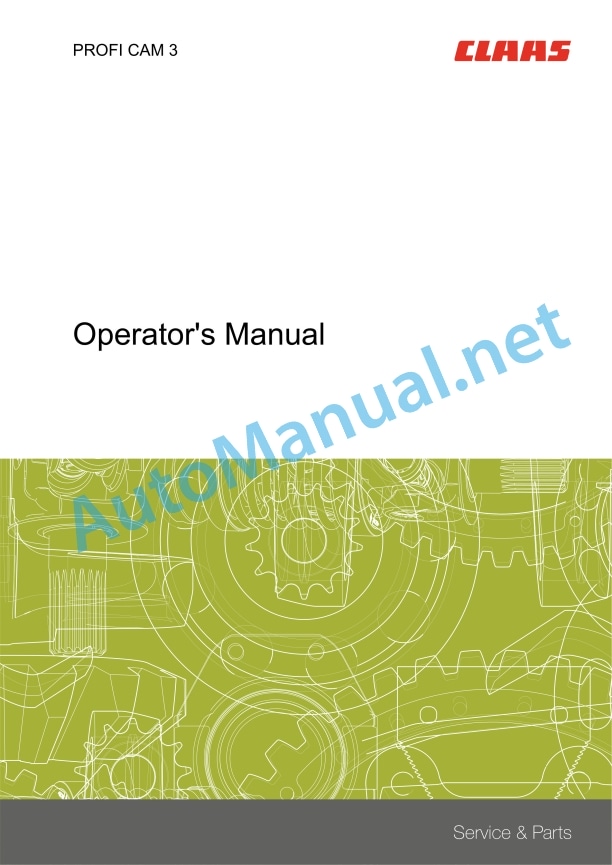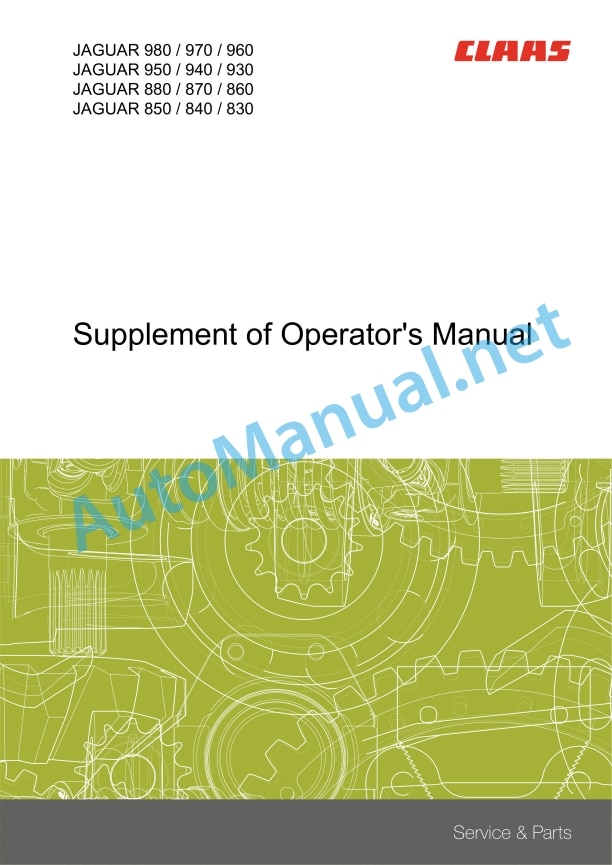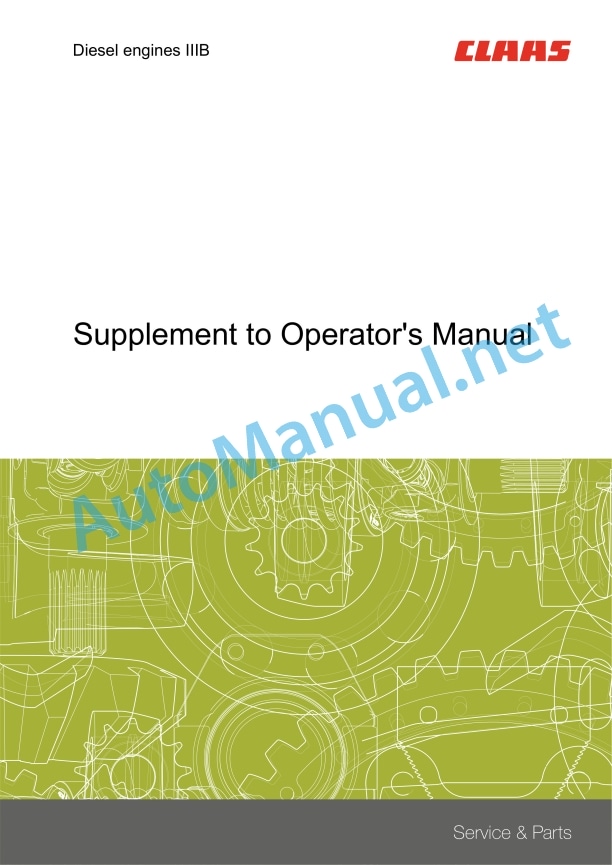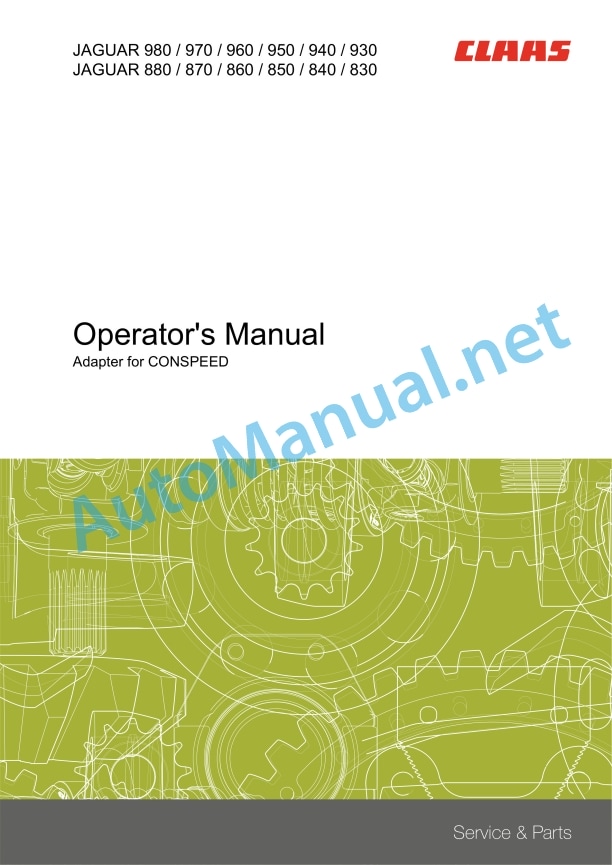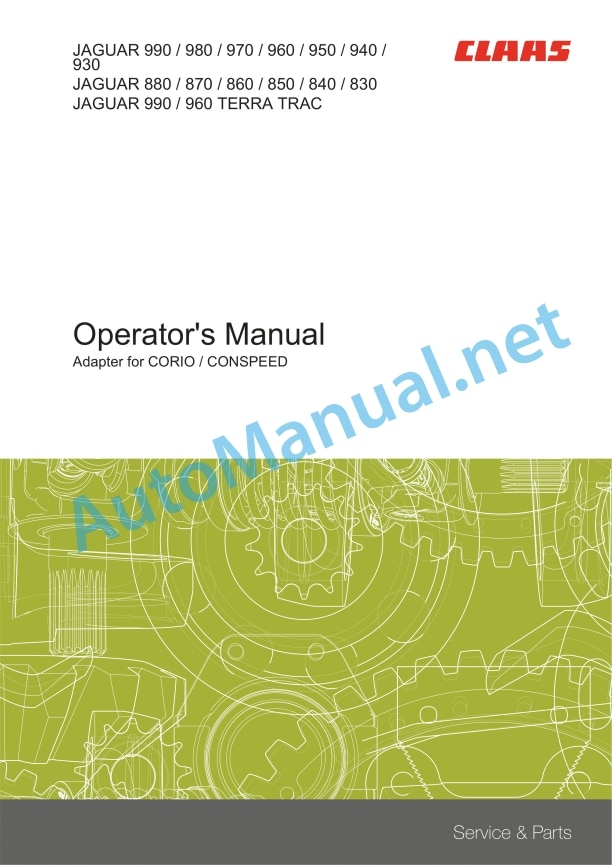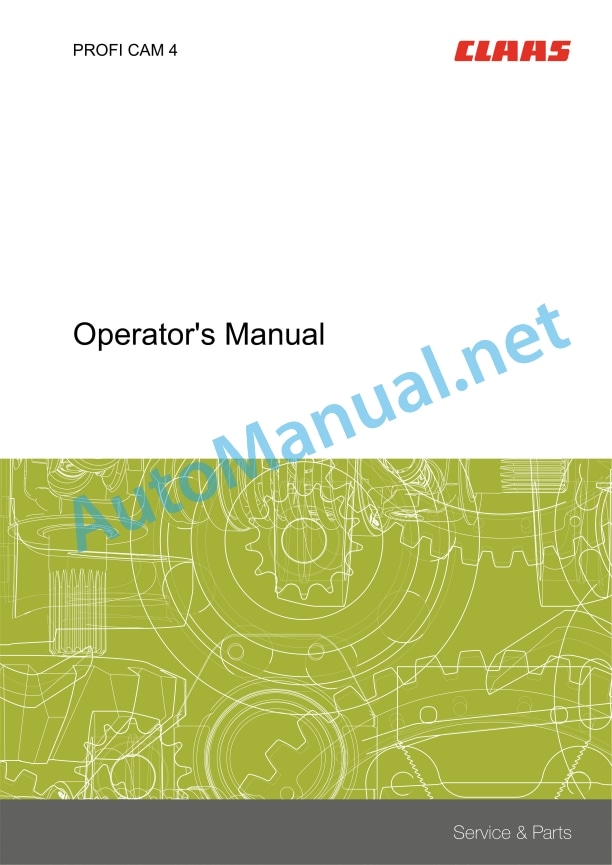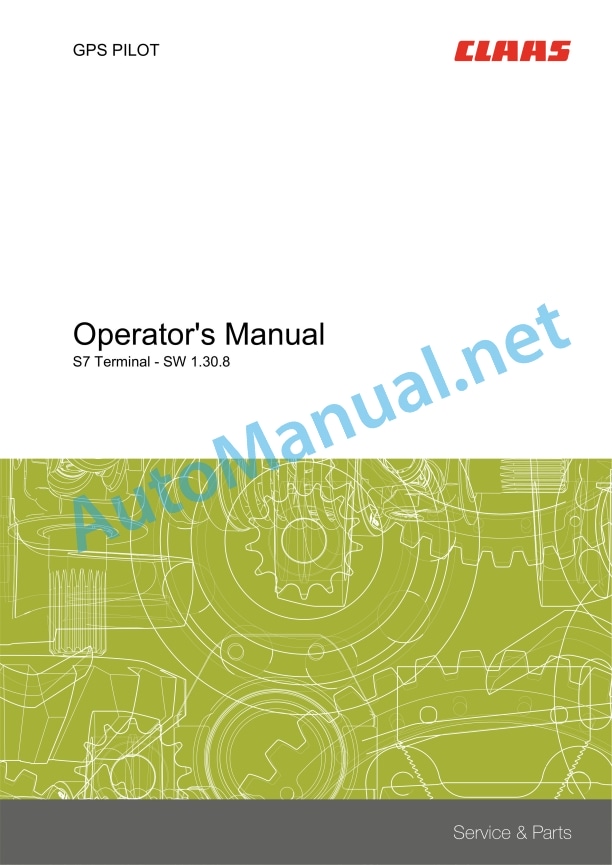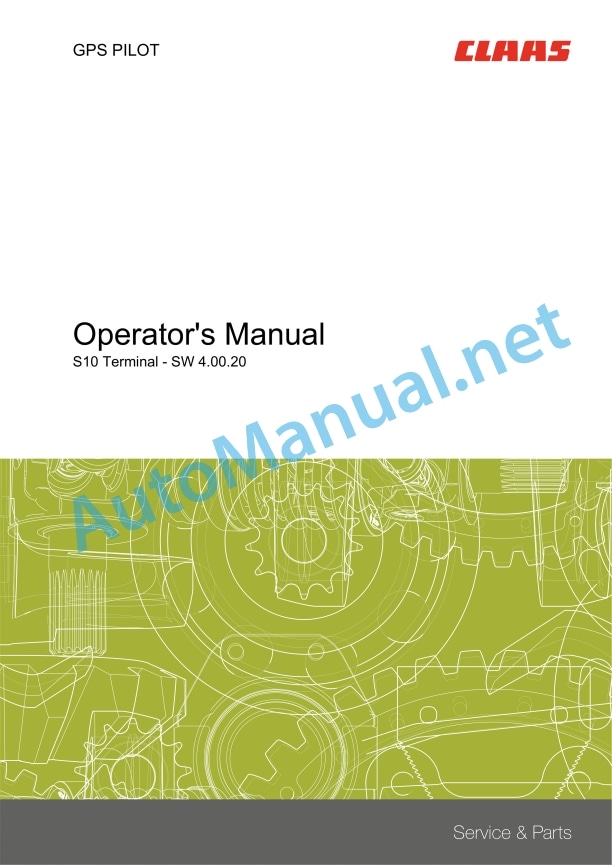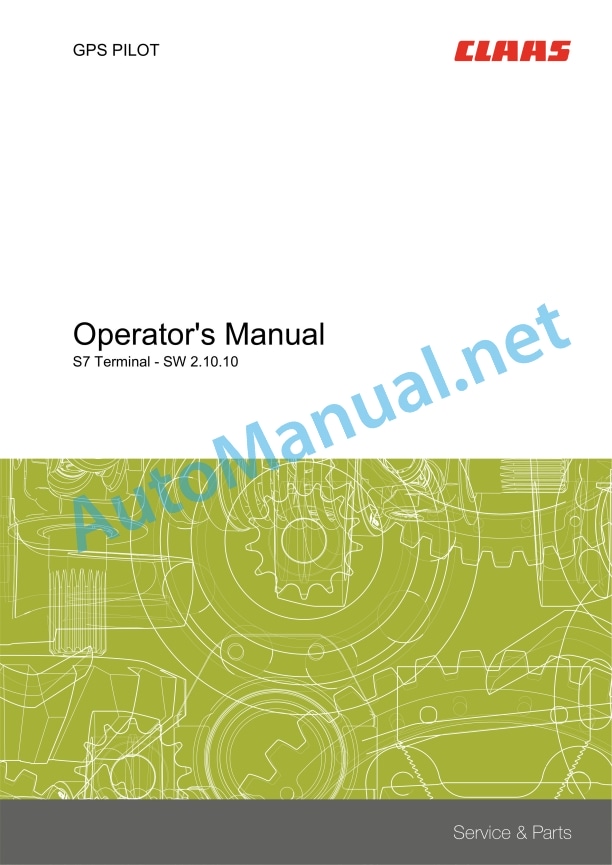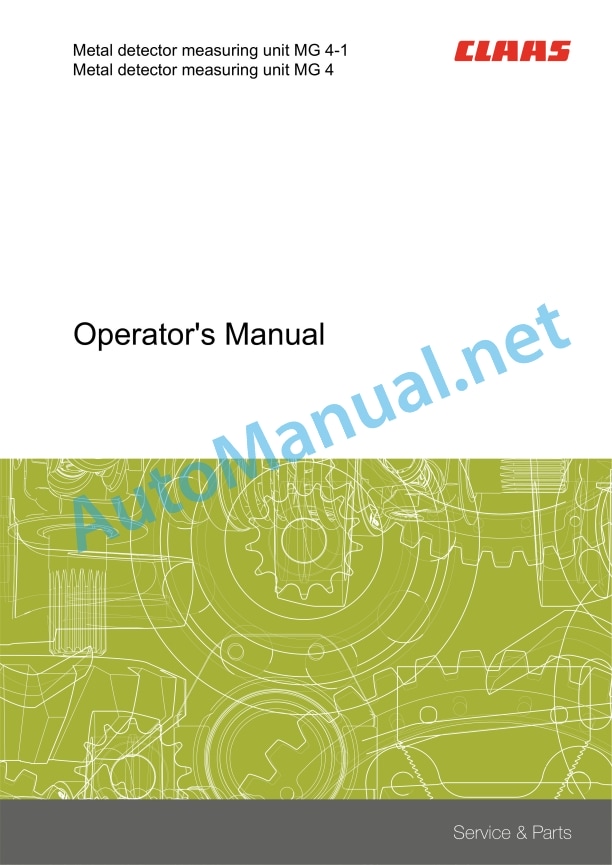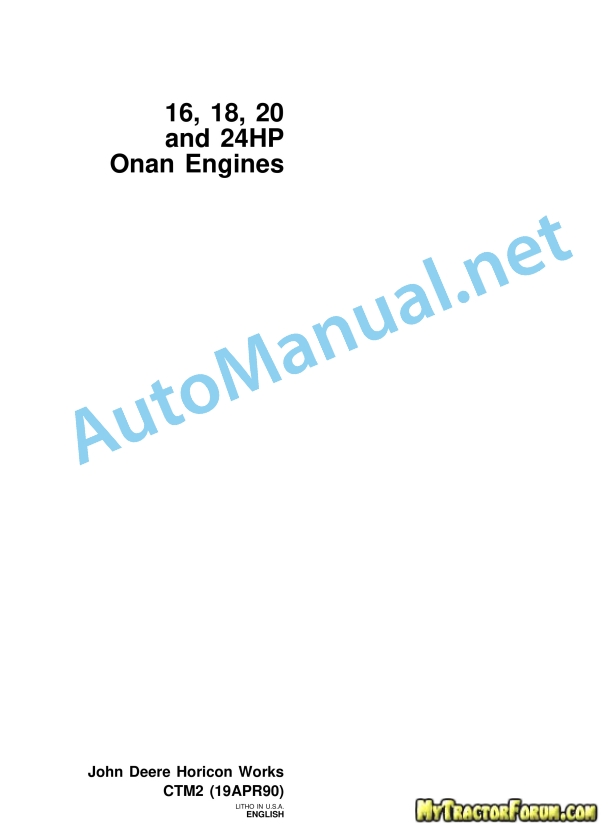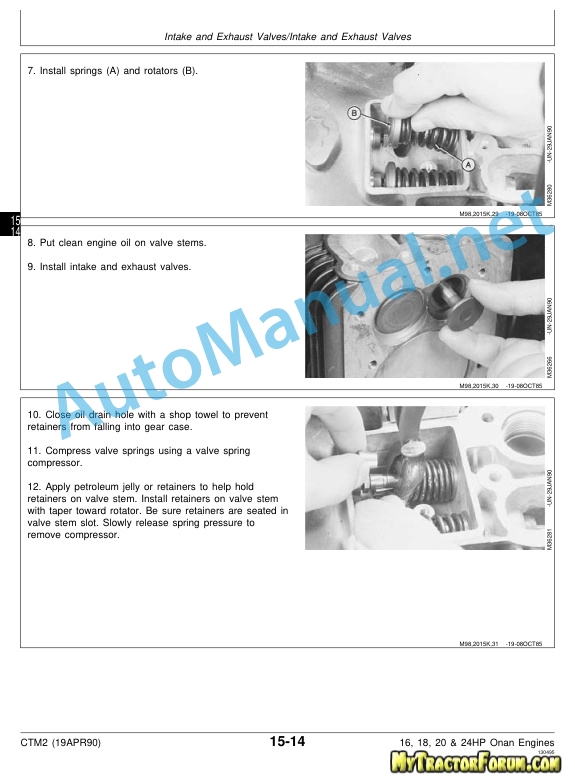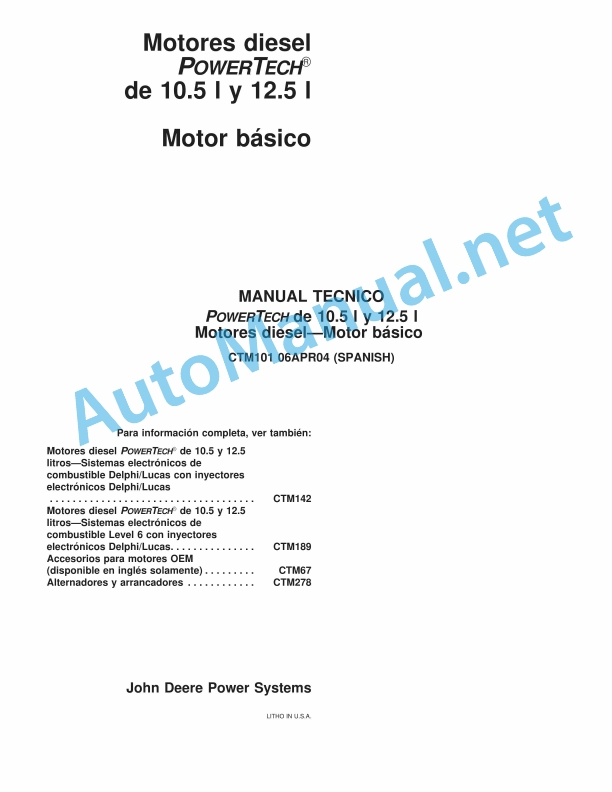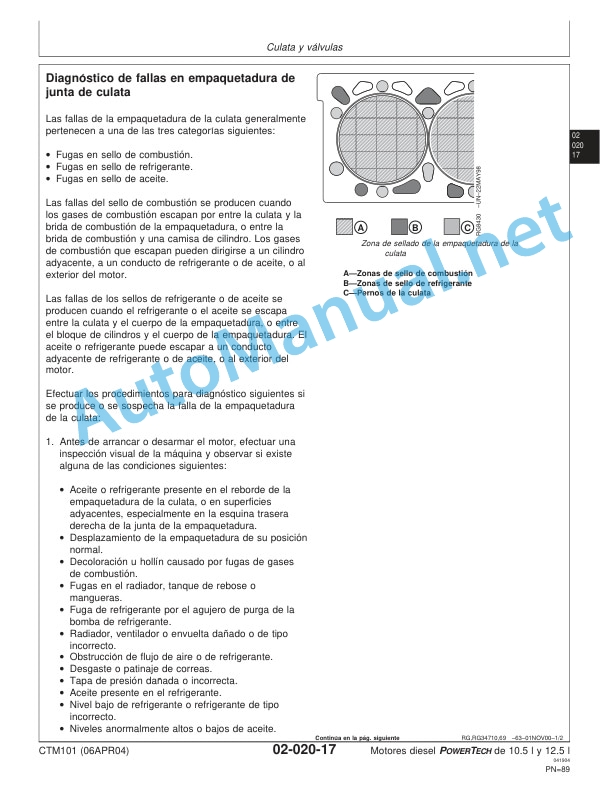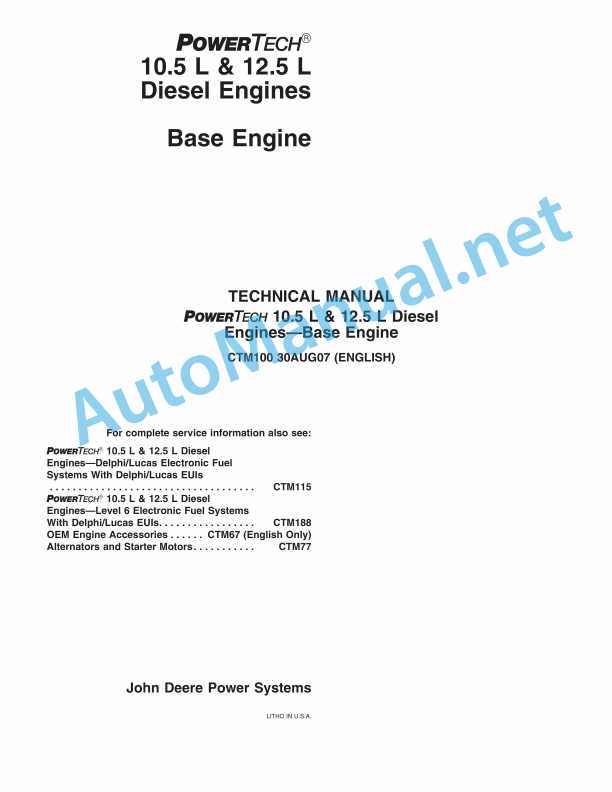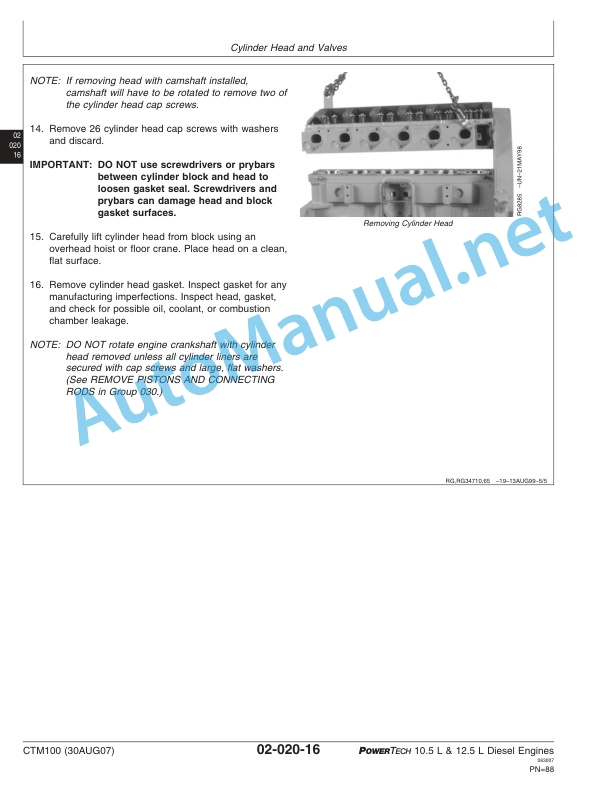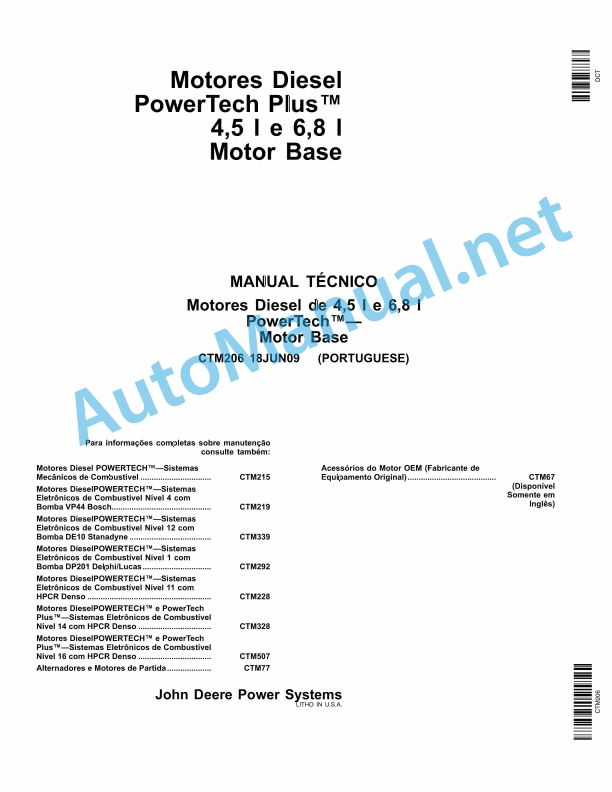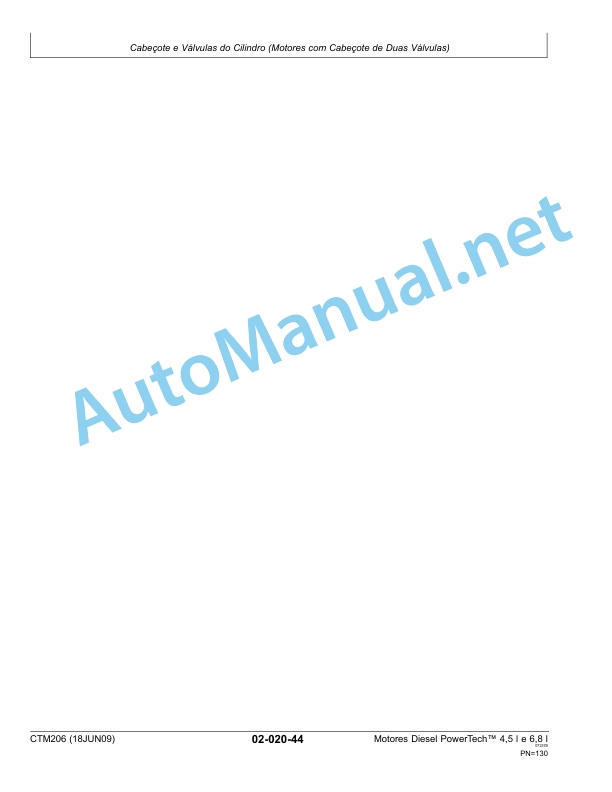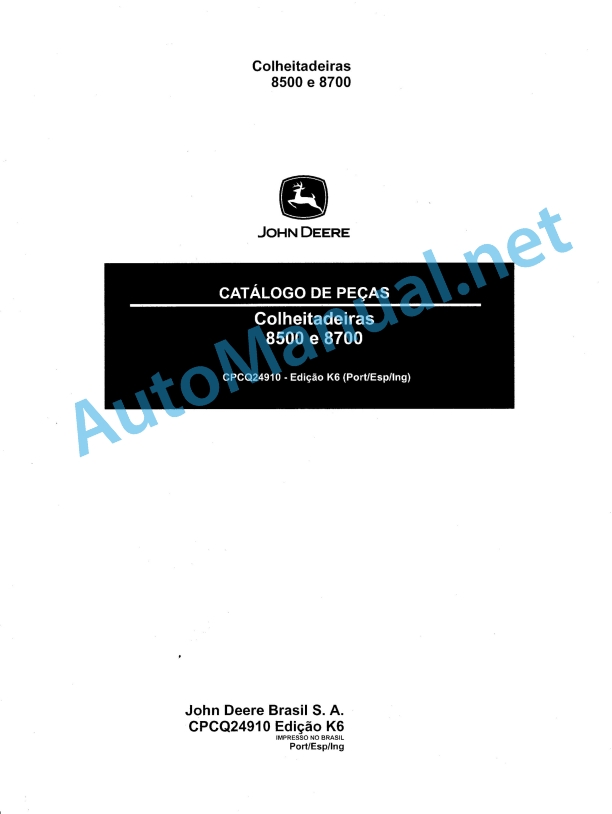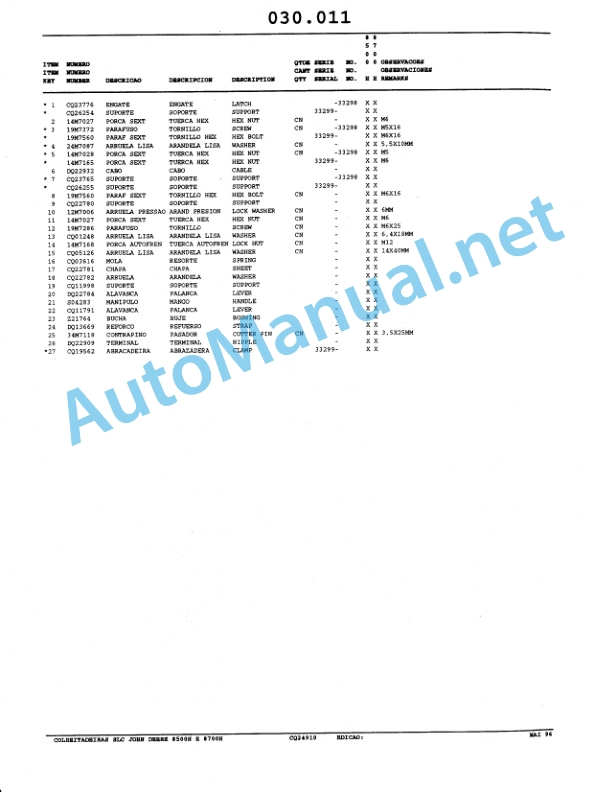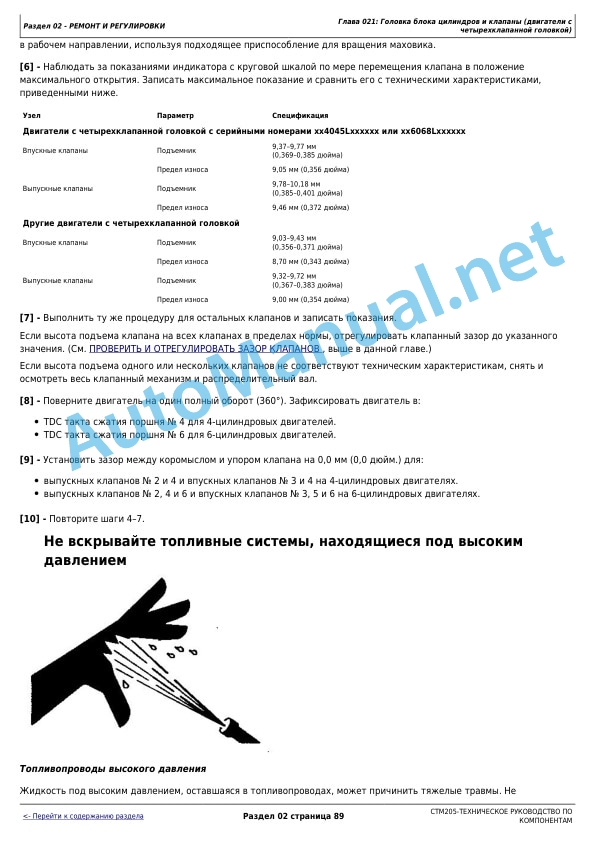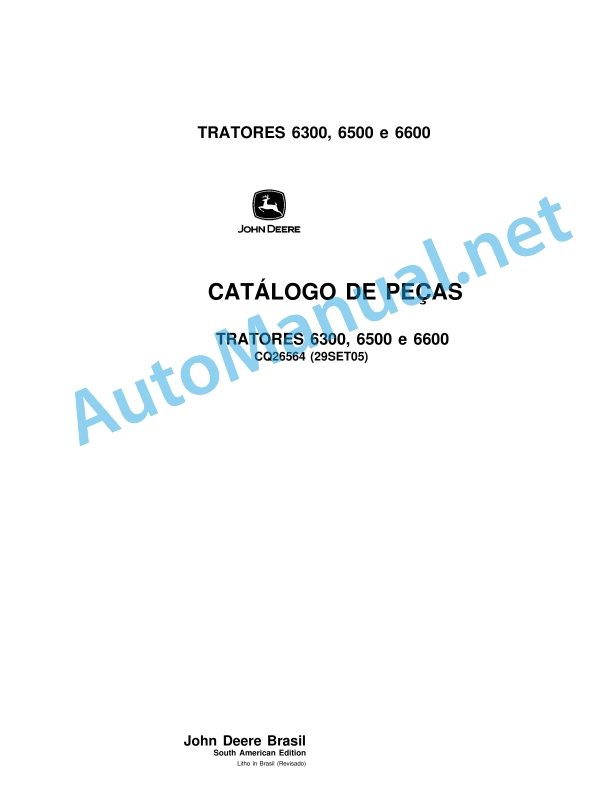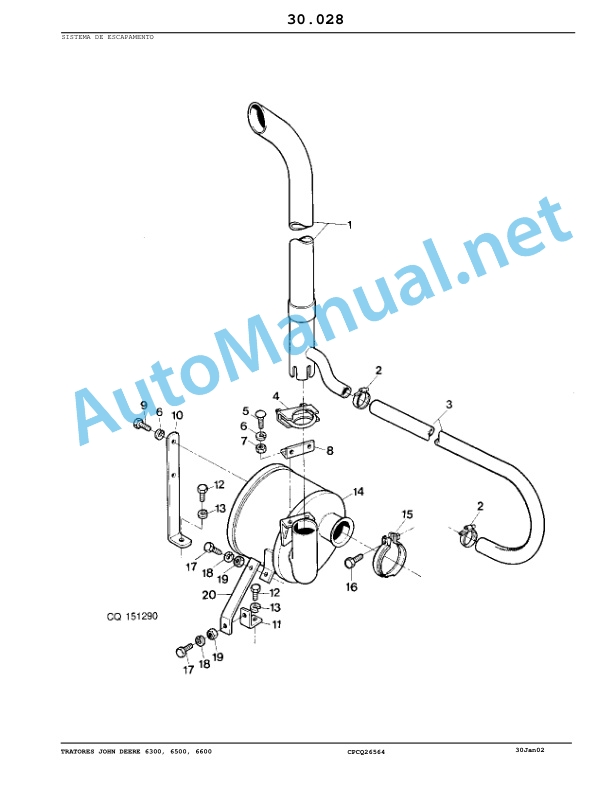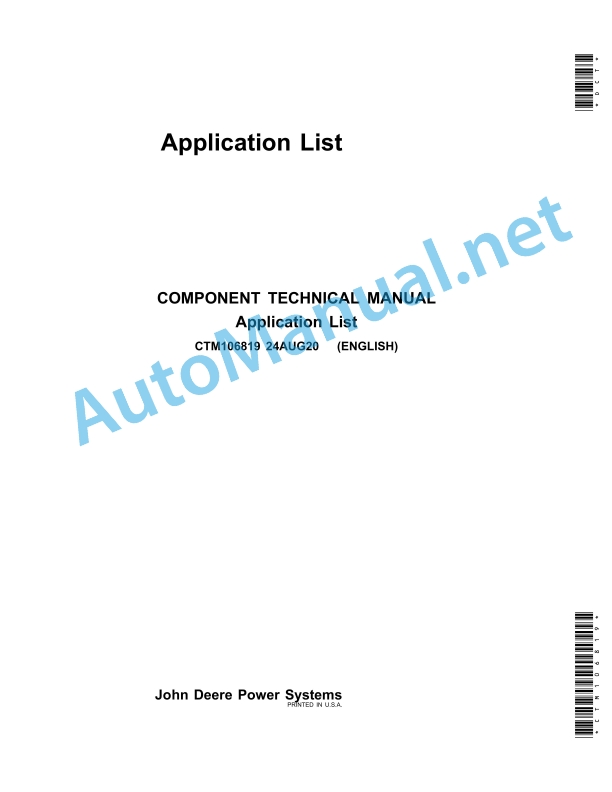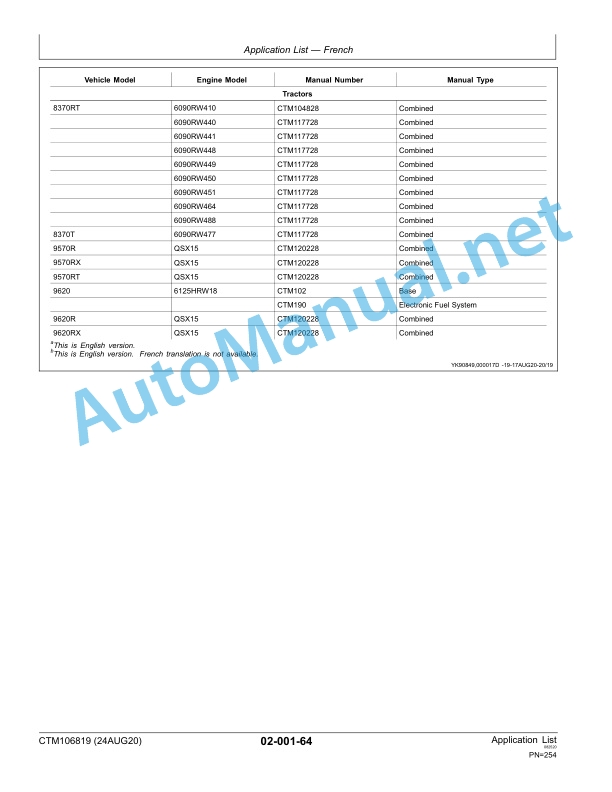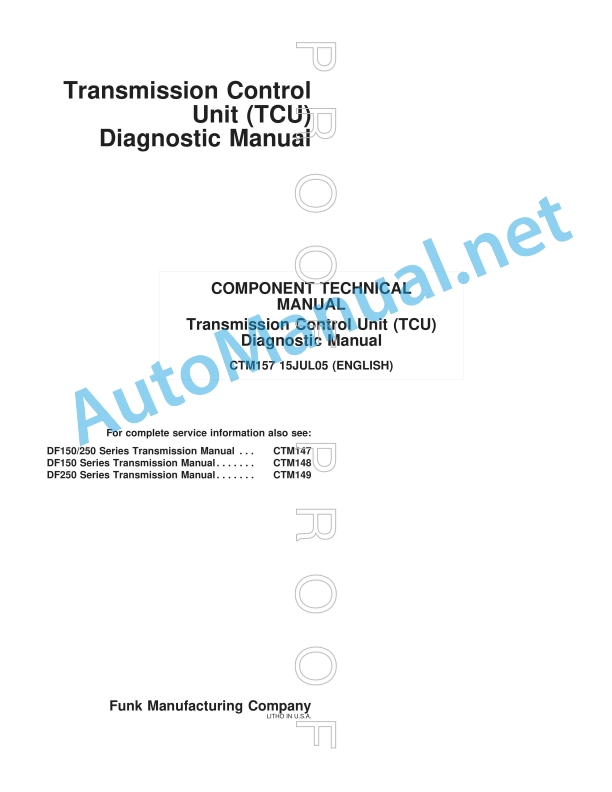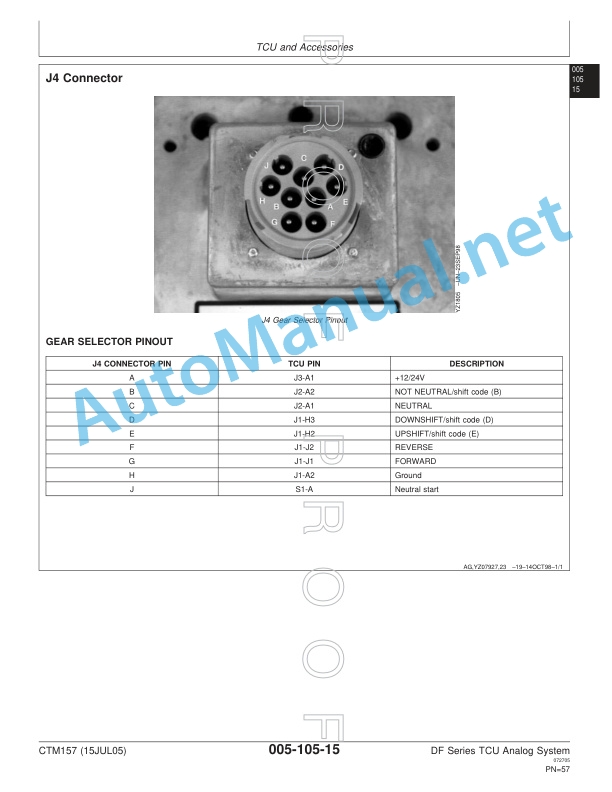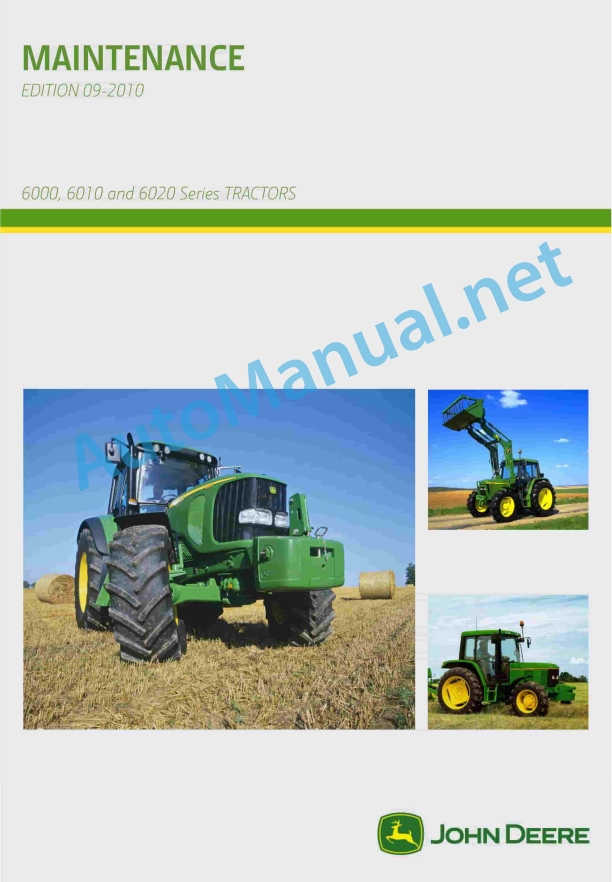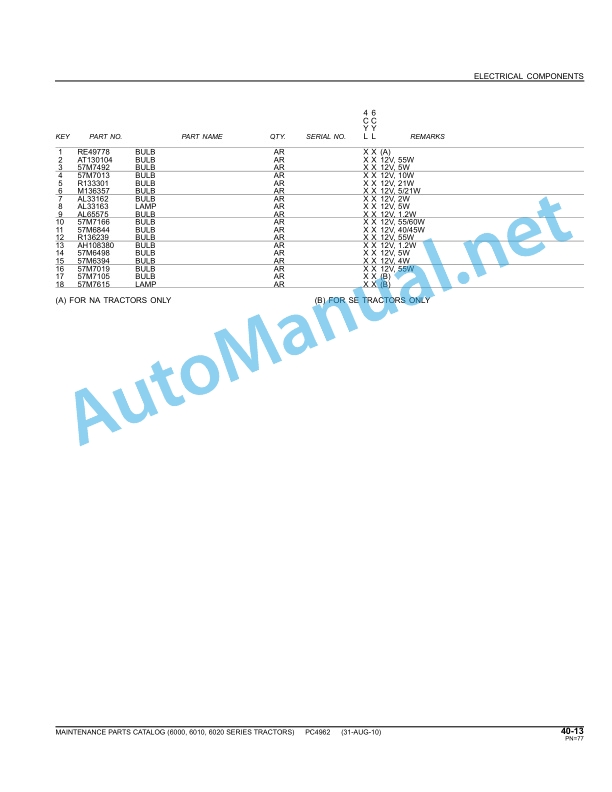Claas Jaguar 980-930 (497) Forage Harvesters Operator Manual EN
$50.00
- Model: Jaguar 980-930 (497) Forage Harvesters
- Type Of Manual: Operator Manual
- Language: EN
- Format: PDF(s)
- Size: 322 MB
File List:
00 0018 552 1.pdf
00 0292 806 3.pdf
00 0301 051 0.pdf
00 0301 538 0.pdf
00 0301 730 0.pdf
00 0301 731 0.pdf
00 0302 339 3.pdf
00 0303 482 0.pdf
00 1405 184 7.pdf
00 1420 028 4.pdf
00 1420 056 2.pdf
00 2308 678 3.pdf
00 0018 552 1.pdf:
TELEMATICS Website
Table of contents
1 About this Concise Operator’s Manual
1.1 Notes on the manual
1.1.1 Validity of manual
1.1.2 Notes regarding the Concise Operator’s Manual
1.1.3 Notes on warranty
2 Safety
2.1 Intended use
2.1.1 Proper use
3 Product description
3.1 Overview and method of operation
3.1.1 TELEMATICS product variants
3.1.2 TONI (TELEMATICS on implements)
3.1.3 Fleet View
3.1.4 TELEMATICS basic
3.1.5 TELEMATICS advanced
3.1.6 TELEMATICS professional
3.1.7 TELEMATICS app
4 Operating and control elements
4.1 TELEMATICS overview
4.1.1 Illustration conventions of buttons and navigation elements
4.1.2 Symbols and colours
4.2 Menu structure
4.2.1 Start screen
4.2.2 TELEMATICS website site map
4.2.3 Main menu overview
4.2.4
4.2.5
4.2.6
00 0301 051 0.pdf:
PROFI CAM 3
Table of contents
1 Introduction
1.1 Notes on the manual
1.1.1 Validity of manual
1.1.2 Information about this Operator’s Manual
1.1.3 Symbols and notes
1.1.4 Optional equipment
1.1.5 Qualified specialist workshop
1.1.6 Maintenance information
1.1.7 Warranty notes
1.1.8 Spare parts and technical questions
1.2 Intended use
1.2.1 Intended use
1.2.2 Reasonably foreseeable misuse
2 Safety
2.1 Identifying warnings
2.1.1 Hazard signs
2.1.2 Signal word
2.2 Safety rules
2.2.1 Meaning of Operator’s Manual
2.2.2 Observing safety decals and warnings
2.2.3 Optional equipment and spare parts
3 Product description
3.1 Overview and method of operation
3.1.1 How the PROFI CAM works
3.2 Identification plates and identification number
3.2.1 Position of identification plates
3.2.2 Explanation of PROFI CAM identification plate
3.3 Information on the product
3.3.1 CE marking
4 Operating and control elements
4.1 Camera system
4.1.1 Camera system monitor
4.2 Menu structure
4.2.1 Main menu
4.2.2
4.2.3
4.2.4
4.2.5
4.2.6
5 Technical specifications
5.1 PROFI CAM
5.1.1 Monitor
5.1.2 Camera
5.1.3 Switch box
5.1.4 Degree of protection against foreign bodies and water
6 Preparing the product
6.1 Shutting down and securing the machine
6.1.1 Switching off and securing the machine
6.2 Prior to operation
6.2.1 Carry out prior to operation
6.2.2 Installing the sun protection
6.2.3 Aligning the camera
6.2.4 Connecting the camera electrics
7 Operation
7.1 Monitor
7.1.1 Switching on the monitor
7.1.2 Calling up the menu
7.1.3 Setting a menu item
7.1.4 Setting the image orientation
7.1.5 Setting automatic screen darkening
7.1.6 Image mirroring
7.1.7 Setting the trigger view
7.1.8 Setting the follow-up time for trigger view
7.1.9 Setting the display mode
7.1.10 Activating/deactivating a display mode
8 Faults and remedies
8.1 Electrical and electronic system
8.1.1 Overview of problems on PROFI CAM camera system
8.1.2 Replacing the switch box fuse
9 Maintenance
9.1 Maintenance intervals
9.1.1 Every 10 operating hours or daily
9.2 Camera system
9.2.1 Checking the camera system for dirt
9.2.2 Cleaning the camera
9.2.3 Cleaning the switch box
9.2.4 Cleaning the monitor
10 Placing out of operation and disposal
10.1 General Information
10.1.1 Putting out of operation and disposal
11 Technical terms and abbreviations
11.1 Abbreviations
11.1.1 Units
11.1.2 Abbreviations
11.1.3 Technical terms
00 0301 538 0.pdf:
JAGUAR 980 / 970 / 960JAGUAR 950 / 940 / 930JAGUAR 880 / 870 / 860JAGUAR 850 / 840 / 830
Table of contents
1 Introduction
1.1 General information
1.1.1 Validity of manual
2 Technical specifications
2.1 JAGUAR
2.1.1 Permitted axle loads and towing capacities
JAGUAR 980 – 930
Determining the permitted tongue load on the trailer hitch for road travel
2.1.2 Permitted axle loads and towing capacities
JAGUAR 880 – 830
Determining the permitted tongue load on the trailer hitch for road travel
3 Operation
3.1 Hitch
3.1.1 Operating the pick-up hitch*
Hitching a trailer
Unhitching the trailer
00 0301 730 0.pdf:
Diesel engines IIIB
Table of contents
1 Operation
1.1 Diesel engine
1.1.1 Start the diesel engine
EN – Start the diesel engine
No engine-relevant fault (DTC) detected
Engine-relevant fault (DTC) detected
00 0301 731 0.pdf:
JAGUAR 980 / 970 / 960 / 950 / 940 / 930JAGUAR 880 / 870 / 860 / 850 / 840 / 830
Table of contents
1 Introduction
1.1 General information
1.1.1 Validity of manual
1.1.2 Information about this Operator’s Manual
1.1.3 Symbols and notices
1.1.4 Notes on maintenance
1.1.5 Notes on warranty
1.1.6 Spare parts and technical questions
1.2 Identification plates and identification numbers
1.2.1 Identification plate of adapter
2 Safety
2.1 Identifying warnings
2.1.1 Hazard signs
2.1.2 Signal word
2.2 Safety rules
2.2.1 Meaning of Operator’s Manual
2.2.2 Observing safety decals and warnings
2.2.3 Requirements made on all persons working with the product
2.2.4 Fitting the front attachment to the machine
2.2.5 Danger of injury on the universal drive shaft
2.2.6 Structural changes
2.2.7 Technical condition
2.2.8 Unsuitable operating materials
2.2.9 Environmental protection and disposal
2.2.10 Liquids under pressure
2.3 Safety marking
2.3.1 Layout of safety decals
2.3.2 Safety decals on the adapter
3 Operating and control elements
3.1 Cab and operator’s platform
3.1.1 Controls on B-column
4 Technical specifications
4.1 Adapter
4.1.1 Compatible machines
4.1.2 Dimensions
4.1.3 Weight
4.1.4 Lubricants
5 Operation
5.1 Adapter
5.1.1 Using the adapter
5.1.2 Removing the quick-release coupler from the JAGUAR 980-930
5.1.3 Removing the quick-release coupler from the JAGUAR 880-830
5.1.4 Mounting the adapter
5.1.5 Removing the adapter
5.1.6 Fitting the quick-release coupler to the JAGUAR 980-930
5.1.7 Fitting the quick-release coupler to the JAGUAR 880-830
6 Maintenance
6.1 Service interval overview
6.1.1 Every 100 operating hours
6.1.2 Every 500 operating hours or annually
6.2 Lubrication plan
6.2.1 Grease points, grease every 100 working hours
6.3 Transmission, clutch and driveshaft
6.3.1 Checking the drive gearbox oil level
6.3.2 Changing the drive gearbox oil
Draining the oil
Topping up oil
6.3.3 Checking the output gearbox oil level
6.3.4 Changing the oil of output gearboxes
Draining the oil
Topping up oil
00 0302 339 3.pdf:
JAGUAR 990 / 980 / 970 / 960 / 950 / 940 / 930JAGUAR 880 / 870 / 860 / 850 / 840 / 830JAGUAR 990 / 960 TERRA TRAC
Table of contents
1 Introduction
1.1 General information
1.1.1 Validity of manual
1.1.2 Information about this Operator’s Manual
1.1.3 Symbols and notes
1.1.4 Maintenance notes
1.1.5 Notes on warranty
1.1.6 Spare parts and technical questions
1.2 Identification plates and identification numbers
1.2.1 Identification plate of adapter
2 Safety
2.1 Identifying warnings
2.1.1 Hazard signs
2.1.2 Signal word
2.2 Safety rules
2.2.1 Importance of Operator’s Manual
2.2.2 Observing safety decals and warnings
2.2.3 Requirements made on all persons working with the product
2.2.4 Coupling the machine to the front attachment
2.2.5 Danger of injury on the universal drive shaft
2.2.6 Structural alterations
2.2.7 Technical condition
2.2.8 Unsuitable operating utilities
2.2.9 Environmental protection and disposal
2.2.10 Pressurised fluids
2.3 Safety marking
2.3.1 Structure of safety decals
2.3.2 Safety decals on the adapter
3 Operating and display elements
3.1 Cab and operator’s platform
3.1.1 Controls on B-column
4 Technical specifications
4.1 Adapter
4.1.1 Compatible machines
4.1.2 Dimensions
4.1.3 Weight
4.1.4 Lubricants
5 Operation
5.1 Adapter
5.1.1 Using the adapter
5.1.2 Removing the stripper bars
5.1.3 Adjusting the feed roller speed
5.1.4 Adjusting the cutting height potentiometer
5.1.5 Adjusting the dog clutch
5.1.6 Mounting the adapter
5.1.7 Removing the adapter
6 Maintenance
6.1 Maintenance interval overview
6.1.1 Every 10 operating hours or daily
6.1.2 Every 100 operating hours
6.1.3 Every 500 operating hours or annually
6.2 Lubrication plan
6.2.1 Grease the grease points every 10 operating hours
6.2.2 Grease points, grease every 100 working hours
6.3 Transmission, clutch and driveshaft
6.3.1 Checking the drive gearbox oil level
6.3.2 Changing the drive gearbox oil
Draining the oil
Topping up oil
6.3.3 Checking the output gearbox oil level
6.3.4 Changing the oil of output gearboxes
Draining the oil
Topping up oil
6.3.5 Checking the chain tension
00 0303 482 0.pdf:
PROFI CAM 4
Table of contents
1 Introduction
1.1 Notes on the manual
1.1.1 Validity of manual
1.1.2 Information about this Operator’s Manual
1.1.3 Symbols and notes
1.1.4 Optional equipment
1.1.5 Qualified specialist workshop
1.1.6 Maintenance information
1.1.7 Notes on warranty
1.1.8 Spare parts and technical questions
1.2 Intended use
1.2.1 Intended use
1.2.2 Reasonably foreseeable misuse
2 Safety
2.1 Identifying warnings
2.1.1 Hazard signs
2.1.2 Signal word
2.2 Safety rules
2.2.1 Meaning of Operator’s Manual
2.2.2 Structural changes
2.2.3 Optional equipment and spare parts
2.2.4 Operation only following proper putting into operation
2.2.5 Technical status
2.2.6 Respecting technical limit values
Respecting technical limit values
2.2.7 Hazards when driving on roads and fields
3 Product description
3.1 Overview and method of operation
3.1.1 How the PROFI CAM works
3.2 Identification plates and identification number
3.2.1 Identification plates
3.3 Information on the product
3.3.1 CE marking
4 Operating and display elements
4.1 Camera system
4.1.1 Camera system monitor
4.1.2 CEBIS
4.2 Menu structure
4.2.1 Main menu
4.2.2
4.2.3
4.2.4
4.2.5
4.2.6
5 Technical specifications
5.1 PROFI CAM
5.1.1 Monitor
5.1.2 Camera
5.1.3 Switch box
6 Preparing the product
6.1 Switching off and securing the machine
6.1.1 Switching off and securing the machine
6.2 Prior to putting into operation
6.2.1 Carry out prior to operation
6.2.2 Installing the sun protection
6.2.3 Aligning the camera
7 Operation
7.1 Monitor
7.1.1 Switching on the monitor
7.1.2 Calling up the menu
7.1.3 Setting a menu item
7.1.4 Setting the image orientation
7.1.5 Setting automatic screen darkening
7.1.6 Image mirroring
7.1.7 Setting the trigger view
7.1.8 Setting the follow-up time for trigger view
7.1.9 Setting the display mode
7.1.10 Activating/deactivating a display mode
8 Faults and remedies
8.1 Electric and electronic system
8.1.1 Overview of problems on PROFI CAM camera system
9 Maintenance
9.1 Maintenance intervals
9.1.1 Every 10 operating hours or daily
9.2 Camera system
9.2.1 Checking the camera system for dirt
9.2.2 Cleaning the camera
9.2.3 Cleaning the switch box
9.2.4 Cleaning the monitor
10 Putting out of operation and disposal
10.1 General information
10.1.1 Putting out of operation and disposal
11 Technical terms and abbreviations
11.1 Abbreviations
11.1.1 Units
11.1.2 Abbreviations
11.1.3 Technical terms
00 1405 184 7.pdf:
GPS PILOT
Table of contents
1 Introduction
1.1 General information
1.1.1 Validity of Manual
1.1.2 Information about this Operator’s Manual
1.1.3 Symbols and notes
1.1.4 Optional equipment
1.1.5 Qualified specialist workshop
1.1.6 Maintenance notes
1.1.7 Notes on warranty
1.1.8 Spare parts and technical questions
1.1.9 Licensing for road traffic
Sample report
Clearance certificate
General operating permit
1.2 Intended use
1.2.1 Intended use of GPS PILOT
1.2.2 Reasonably foreseeable misuse
2 Safety
2.1 Identifying warnings
2.1.1 Hazard signs
2.1.2 Signal word
2.2 Safety rules
2.2.1 Meaning of Operator’s Manual
2.2.2 Update of terminal software
2.2.3 Requirements made on all persons working with the product
2.2.4 Hazard areas
Hazard areas
2.2.5 Interaction between the control terminal and the machine or tractor
2.2.6 Structural changes
2.2.7 Optional equipment and spare parts
2.2.8 Use of USB devices
2.2.9 Operation only following proper putting into operation
2.2.10 Technical status
2.2.11 Hazard from damage on the product
2.2.12 Respecting technical limit values
Respecting technical limit values
2.2.13 Preparing the product for road travel
2.2.14 Hazards when driving on the road and on the field
2.2.15 Electrocution by electrical system
2.2.16 Potentially fatal electric shock from overhead lines
2.2.17 Liquids under pressure
2.2.18 Maintenance operations and repair work
2.2.19 Driving with the GPS PILOT
Road travel
Fieldwork
3 Product description
3.1 Overview and method of operation
3.1.1 Overview of GPS PILOT – Hydraulic system
3.1.2 Overview of GPS PILOT – Steer ready
3.1.3 Overview of GPS PILOT FLEX
3.1.4 Overview of GPS PILOT ex works
3.1.5 Overview of terminal S7
3.1.6 Overview of navigation computer (ECU)
3.1.7 Electric steering wheel
3.1.8 Overview of correction signals
EGNOS/WAAS/MSAS
Omnistar HP / XP / G2
RTK FIELD BASE and BASELINE HD
RTK FARM BASE
3.1.9 Module overview
BASELINE HD
RTK FIELD BASE
RTK (Motorola)
RTK FARM BASE
3.2 Safety devices
3.2.1 Automatic cut-out when the maximum speed is exceeded
3.2.2 Automatic cut-out when the speed falls below the minimum
3.2.3 Seat contact switch
3.2.4 Manual override
Electric steering wheel
3.3 Optional equipment
3.3.1 GPS L2*
3.3.2 GLONASS*
3.3.3 TURN IN*
3.3.4 AUTO TURN*
3.4 Identification plates and identification numbers
3.4.1 GPS PILOT identification plate
3.4.2 Identification plate of terminal
3.4.3 Identification plate of navigation controller
4 Operating and display elements
4.1 GPS PILOT
4.1.1 Master switch and drive switch
4.2 Overview of terminal S7
4.2.1 Layout conventions of buttons and displays
4.3 GPS PILOT menu structure
4.3.1 Start menu
4.3.2 Main menu overview
4.3.3 Overview of DGPS displays
4.3.4
4.3.5
4.3.6
4.3.7
4.3.8
4.3.9
4.3.10
4.3.1mplement profile> menu
4.3.12
4.3.13
4.3.14
4.3.15
4.3.16
4.3.17
4.3.18
4.3.19
4.3.20stem settings – Codes> menu
4.3.21
4.3.22
4.3.23
4.3.24
4.3.25
4.3.26
John Deere Repair Technical Manual PDF
John Deere 16, 18, 20 and 24HP Onan Engines Component Technical Manual CTM2 (19APR90)
John Deere Repair Technical Manual PDF
John Deere Repair Technical Manual PDF
John Deere Repair Technical Manual PDF
John Deere Parts Catalog PDF
John Deere Harvesters 8500 and 8700 Parts Catalog CPCQ24910 Spanish
John Deere Repair Technical Manual PDF
John Deere Parts Catalog PDF
John Deere Tractors 6300, 6500, and 6600 Parts Catalog CQ26564 (29SET05) Portuguese
John Deere Repair Technical Manual PDF
John Deere Application List Component Technical Manual CTM106819 24AUG20
John Deere Repair Technical Manual PDF
John Deere Transmission Control Unit Component Technical Manual CTM157 15JUL05
